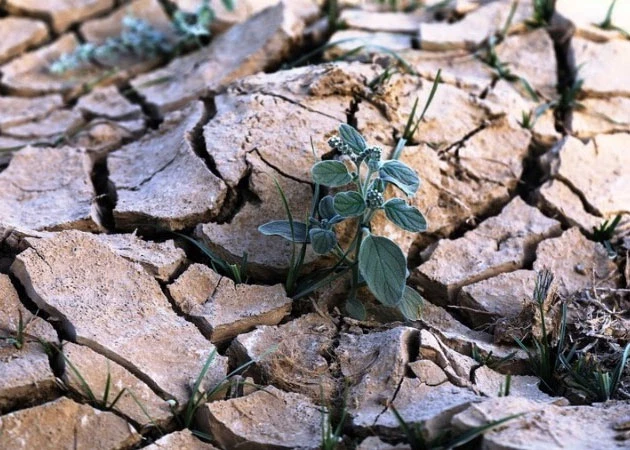Central Asia faces deepening water security crisis
Central Asia is grappling with an increasingly severe water crisis. Despite achieving notable progress in shifting from a competitive to a cooperative approach, the region still requires greater efforts to avert future water-related disasters.
 |
| Central Asia has become one of the world’s most vulnerable regions in terms of water security. (Illustrative image/Photo: Xinhua) |
Central Asia has become one of the world’s most vulnerable regions in terms of water security. The United Nations’ 2025 World Water Development Report recently highlighted that this “land of vast steppes” is among the areas most heavily impacted by climate change with regard to water availability.
This situation has sparked serious concern. At a recent conference, the President of Kyrgyzstan warned that freshwater shortages in Central Asian countries could reach 20–30% by 2050. Around 82 million people across Kazakhstan, Kyrgyzstan, Tajikistan, Turkmenistan, and Uzbekistan are currently facing water insecurity, with many villages lacking regular access to clean water.
The effects of climate change and the shrinking of arable land are driving internal migration. It is projected that by 2050, over 5 million people in Central Asia could be displaced due to climate change.
One key factor contributing to water insecurity is the instability of river flows in the region, directly linked to the accelerated melting of glaciers in the high mountains of Central Asia. This poses long-term risks to agriculture, energy, ecosystems, and water resources.
Meanwhile, the over-extraction of water from regional rivers has had severe consequences. Most notably, the Aral Sea has continued to shrink due to reduced inflows, with its surface area decreasing by 88% and salinity levels increasing twentyfold. As a result of salinised and barren land and polluted water, rural communities in Uzbekistan and Kazakhstan surrounding the Aral Sea have been forced to relocate en masse.
Central Asia has long regarded water resources as strategically vital. According to the Daily Sabah, water-sharing arrangements between regional countries have been shaped by geographical disparities and economic needs. The upstream countries, Tajikistan and Kyrgyzstan, home to hydropower infrastructure and seasonal river flows, primarily use water for energy production, viewing it as essential to national development. Meanwhile, the downstream countries, including Kazakhstan, Uzbekistan, and Turkmenistan, are heavily reliant on water for agriculture.
This interdependence has given water significant geopolitical value. Control over water resources can serve as a negotiation tool and economic leverage, but it can also pose security risks. For instance, the border dispute between Kyrgyzstan and Tajikistan, partially related to shared water usage, flared up again in 2021 and escalated into armed clashes that left several people dead.
Fully aware that water-related disputes could destabilise the region and present serious security challenges, Central Asian countries have recently stepped up efforts to find common ground. Their approach has shifted from competition to dialogue, diplomacy, and cooperation. Water issues are now being redefined to encompass environmental, geopolitical, economic, and social responsibilities.
In particular, the year 2025 is seen as a “turning point” for Central Asian countries in water governance, as the shift from competition to cooperation is being concretely realised. A tripartite border agreement was signed between Tajikistan, Kyrgyzstan, and Uzbekistan, accompanied by a “Declaration of Eternal Friendship” that reflects shared understanding, not only regarding border disputes but also fundamental issues such as water resource sharing, hydropower infrastructure access, and the balanced management of energy and water.
Nevertheless, the region still faces numerous challenges, including conflicting national strategic priorities, inadequate administrative capacity, and issues with data sharing.
Observers suggest that a more comprehensive approach is essential. Water diplomacy must be integrated with technical expertise. Additionally, expanding the functions of regional water management organisations and aligning Central Asia’s water policies with external mechanisms could support deeper integration with international standards.
NDO





READER COMMENTS